Writing up your research is always advised, even if only for yourself. It can strengthen your conclusions and help you see gaps. Creating citations (even if they are not perfect and aren’t punctuated “correctly”) gets you thinking about how the record you used was created and how it was accessed. My how-to newsletter Casefile Clues contains written up analysis of individual records and families. It’s probably more than a person typically needs to do for each record, but the goal is to get readers thinking about each document they acquire, what it means, what it doesn’t, where to go next, etc.
Don’t assume that your immigrating ancestor didn’t stop somewhere along the way to where he finally settled. Just because your immigrant lived the last fifty years of his life in one place does not mean that’s the only place he lived after he immigrated. One of my families stopped for about ten years in Kentucky before finally settling in Illinois. Another family spent a few years in Cincinnati, Ohio, before heading further west. Those short-term stops matter. Your relative could have married there, had children there, purchased property there, etc. And those things generate records.
I’m helping a work colleague with Native American ancestry. The person of interest was actually born on a reservation in New Mexico in the 1930s, had parents and grandparents who were also Native American and lived in the southwest and Michigan. It’s not something with which I’m familiar, but learning about new things to help my colleague has given me a few ideas for my own research.
There has never been a better time to subscribe to Casefile Clues, my how-to newsletter packed with research approaches and analysis. Written in a down-to-earth and engaging fashion, we cover a variety of topics, sources, methods, and research problems. Visit our site where you can subscribe today for only $20 for 52 issues. Newsletters are delivered as attached PDF files to an email. Subscribe today.
We had technical problems with our website for several hours last night which prevented some individuals from registering for our land class. If you tried to register and had difficulties, please let me know at mjnrootdig@gmail.com.
I was using a book of marriage records from the 1840s in Ohio recently. The handwriting was consistent from page to page and from year to year. It turns out I was using a transcription of the original marriage ledger that had been made by the clerk some years after the original records were made. Transcriptions are not bad, but I did see if they had the original (they did) so that I could see the actual handwriting. Sometimes transcriptionists make errors–so you need to check them. Sometimes transcriptions transcribe things when the writing is still legible and they could read it. That might not be true today. Don’t disregard transcribed copies of records. Just make certain to know what you are using.
There were three daughters who were join owners in about 12 acres when their parents, Abraham and Katherine (Blain) WIskiser died in Ohio in the 1850s. Two daughters sold their shares in 1859 to their brother. The remaining sister apparently had died before her parents and her children did not share their interest in the property until 1862. While the deeds do not give the reason for the delay, a reasonable conjecture is that they waited until all the children of the predeceased sister had turned of legal age. Minors cannot execute deeds and the expenses of a guardian’s appointment might have negated what inheritance they were to receive. Sometimes if there is no urgency to settle up an estate, heirs may wait until everyone is of age–that […]
Sometimes writing tips is like shooting at a moving target. I have readers with a wide variety of skill levels, research experience, and non-genealogy backgrounds. Consequently I try and have tips that may help those at a variety of levels. What’s new to you may be old hat to someone else and vice versa. Our real goal is to get you to thinking about your research–with the idea that it is easy for any of us to occasionally overlook an approach, a resource, or a technique. That’s another reason why I usually write tips as I’m actually researching. I think that’s the best way to keep them as “fresh” as possible. That’s also why you may notice them in spurts on certain topics–I don’t really schedule them out as far […]
Due to response and to help me stay organized, we are no longer taking registrations for the United States land class after 11:00 pm 4 October 2016. Details are here.
Always keep in the back of your head that children you think are full siblings could be half-siblings or step-siblings as well. Some records will not make the distinction clear. Frequently those details get sorted out when inheritances are settled.
We still have room in our US Land Records class. Additional details are on our informational page. Genealogy Tip of the Day is sponsored by GenealogyBank.com–search for your ancestors today.
Before you even considering hiring a professional researcher, do the following: decide what you really want to know organize the information you have transcribe documents in your possession create a research log of all that you have searched and the results You may realize that you already know the answer to your problem or that you have more work to do that you can do yourself. And a professional will need to know what you’ve done and what you have found so that time and money is not wasted. Genealogy Tip of the Day is sponsored by GenealogyBank.com–search for your ancestors today.
Make certain you have the entire document, including any annotations or comments that are squeezed into the edges of a document, written in handwriting when most of the document is printed, etc. Sometimes there are more clues in those handwritten items than in the rest of the entire document. Anything added in is there for a reason and not knowing that reason could hinder your research. Genealogy Tip of the Day is sponsored by GenealogyBank.com–search for your ancestors today.
Obituaries can paint a partial picture of a person–never assume they are complete. This 1926 item only mentions one un-named son and an un-named sister-in-law of the deceased. Interestingly enough, the notice does not mention the one daughter who lived in the town where the obituary was published while the son who was referenced lived elsewhere. Never assume the obituary or death notice is complete. Check out Genealogy Tip of the Day—the book!
FamilySearch is indicating that the following database has been updated since our last posting: Utah, County Marriages, 1887-1940
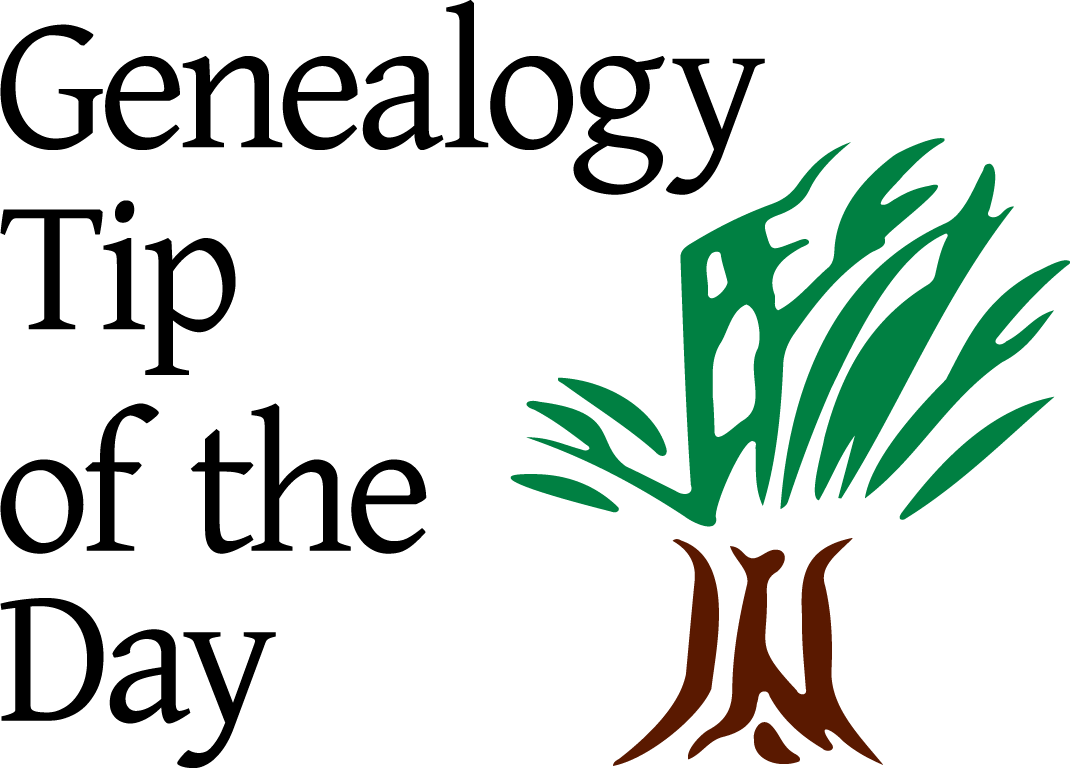
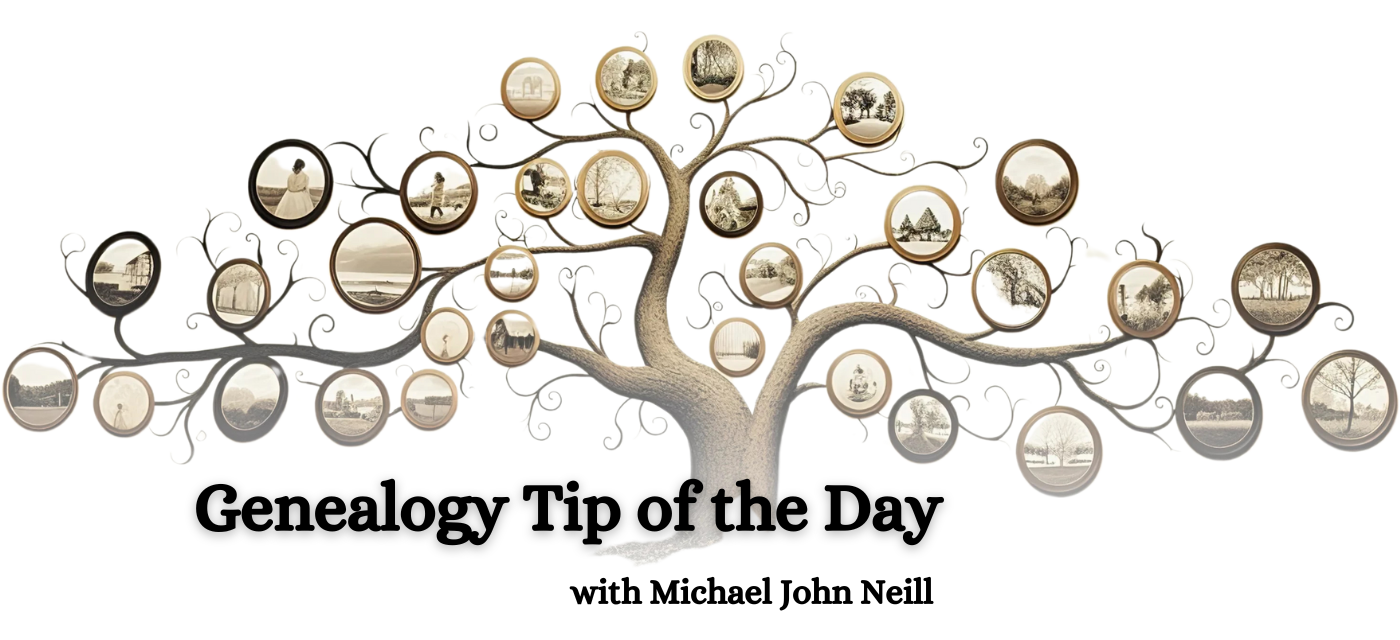
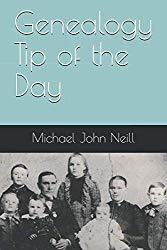
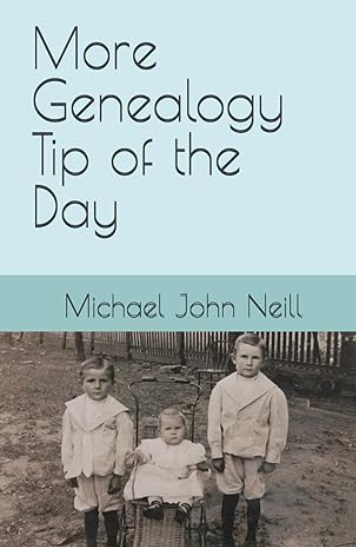


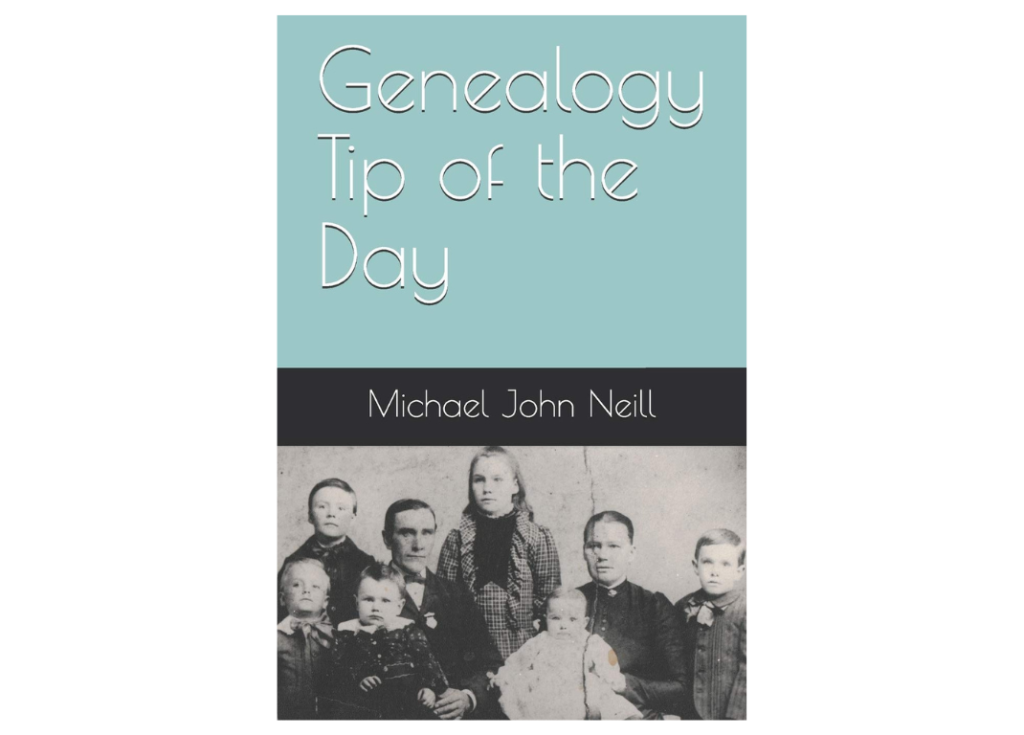
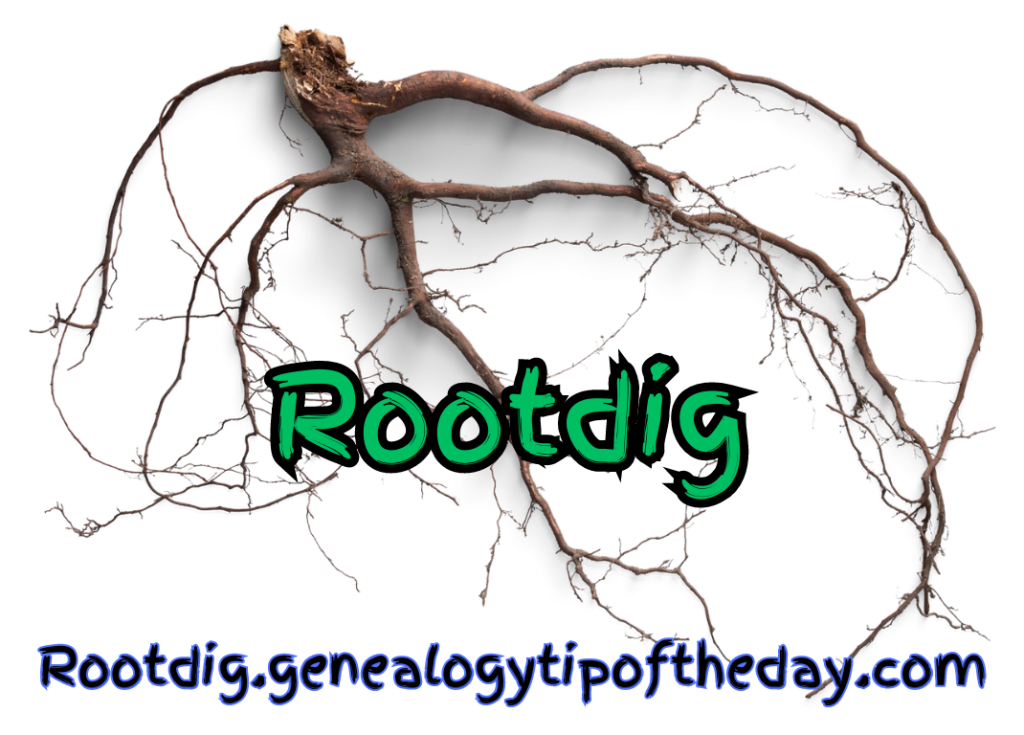

Recent Comments